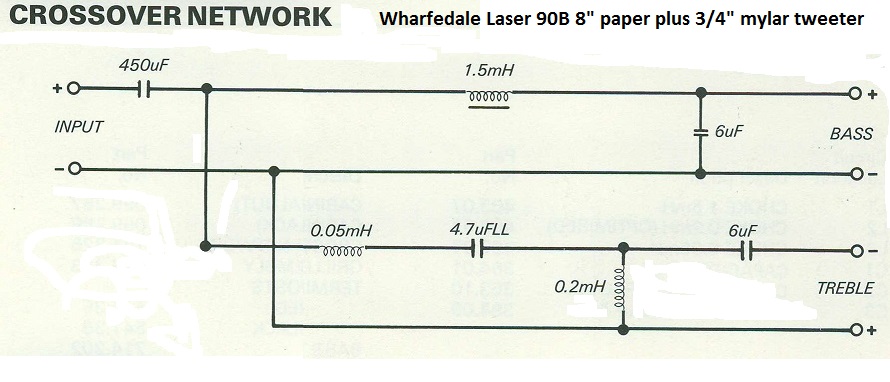Hi!
Recently I was looking at a lot of patent papers related different types of loudspeaker enclosures and stumbled upon this paper:
US5749433A - Massline loudspeaker enclosure
- Google Patents
It describes a type of closed box with an ordinary 8" woofer and dual, sequentially mounted 10" passive radiators ("plates" as the author calls it). The woofer is mounted on the front wall of the box like in normal closed box, while the passive radiators radiate their sound into the ambient air through a relatively narrow slot.
The author mentions that this type of enclosure can reduce the required enclosure volume by 66 % compared with a critically damped closed enclosure, while providing comparable low-frequency performance.
Has anyone heard of this type of loudspeaker box before? Do you think this kind of arrangement would have advantages over the more common closed & bass-reflex types? And finally, is there any way to simulate this type of enclosure?
Recently I was looking at a lot of patent papers related different types of loudspeaker enclosures and stumbled upon this paper:
US5749433A - Massline loudspeaker enclosure
- Google Patents
It describes a type of closed box with an ordinary 8" woofer and dual, sequentially mounted 10" passive radiators ("plates" as the author calls it). The woofer is mounted on the front wall of the box like in normal closed box, while the passive radiators radiate their sound into the ambient air through a relatively narrow slot.
The author mentions that this type of enclosure can reduce the required enclosure volume by 66 % compared with a critically damped closed enclosure, while providing comparable low-frequency performance.
Has anyone heard of this type of loudspeaker box before? Do you think this kind of arrangement would have advantages over the more common closed & bass-reflex types? And finally, is there any way to simulate this type of enclosure?
These sort of patents just annoy me. It's some laws of physics really.
A glorified passive radiator known to extend bass by what is essentially a reflex principle. Albeit ABR's control excursion better at very low frequency.
We were grooving over a much cooler idea for undersize closed boxes recently.
It actually got used in a 17L Wharfedale 8" speaker:

I simulated it where the dotted line is a 30L box and compared it to a 12L with the £2 450uF NP capacitor:

Disadvantages of Capacitor in series with main driver.
What's not to like?
A glorified passive radiator known to extend bass by what is essentially a reflex principle. Albeit ABR's control excursion better at very low frequency.
We were grooving over a much cooler idea for undersize closed boxes recently.
It actually got used in a 17L Wharfedale 8" speaker:
I simulated it where the dotted line is a 30L box and compared it to a 12L with the £2 450uF NP capacitor:
Disadvantages of Capacitor in series with main driver.
What's not to like?
This is a type of series 6th or 8th order enclosure, the internal tuning elements just happen to be PRs instead of ports. I can't imagine using two PRs does much compared to one with twice as stiff suspension and twice the mass - with such little air volume in between them they would be pretty well coupled. So that part can just be approximated by a single PR.
As with all things, there is no free lunch. If you reduce the cabinet volume and achieve the same system response down low, you are reducing the output from the woofer and increasing the output from the port. Group delay will become worse by doing this.
As with all things, there is no free lunch. If you reduce the cabinet volume and achieve the same system response down low, you are reducing the output from the woofer and increasing the output from the port. Group delay will become worse by doing this.
Last edited:
Strassacker: Speaker Building, Components
Ref chapter "The cabinet" and section" subwoofer tuning" where capacitor tuning and others are explained.
Ref chapter "The cabinet" and section" subwoofer tuning" where capacitor tuning and others are explained.
Last edited:
Thanks for all the information. Much appreciated.
I was just wondering what is the function of the "slot port" in the design. Does it present an additional air mass for the passive plate(s), reducing its effective resonant tuning frequency? Is this just a way to attain a lower tuning frequency in a small size box?
I was just wondering what is the function of the "slot port" in the design. Does it present an additional air mass for the passive plate(s), reducing its effective resonant tuning frequency? Is this just a way to attain a lower tuning frequency in a small size box?
- Status
- This old topic is closed. If you want to reopen this topic, contact a moderator using the "Report Post" button.